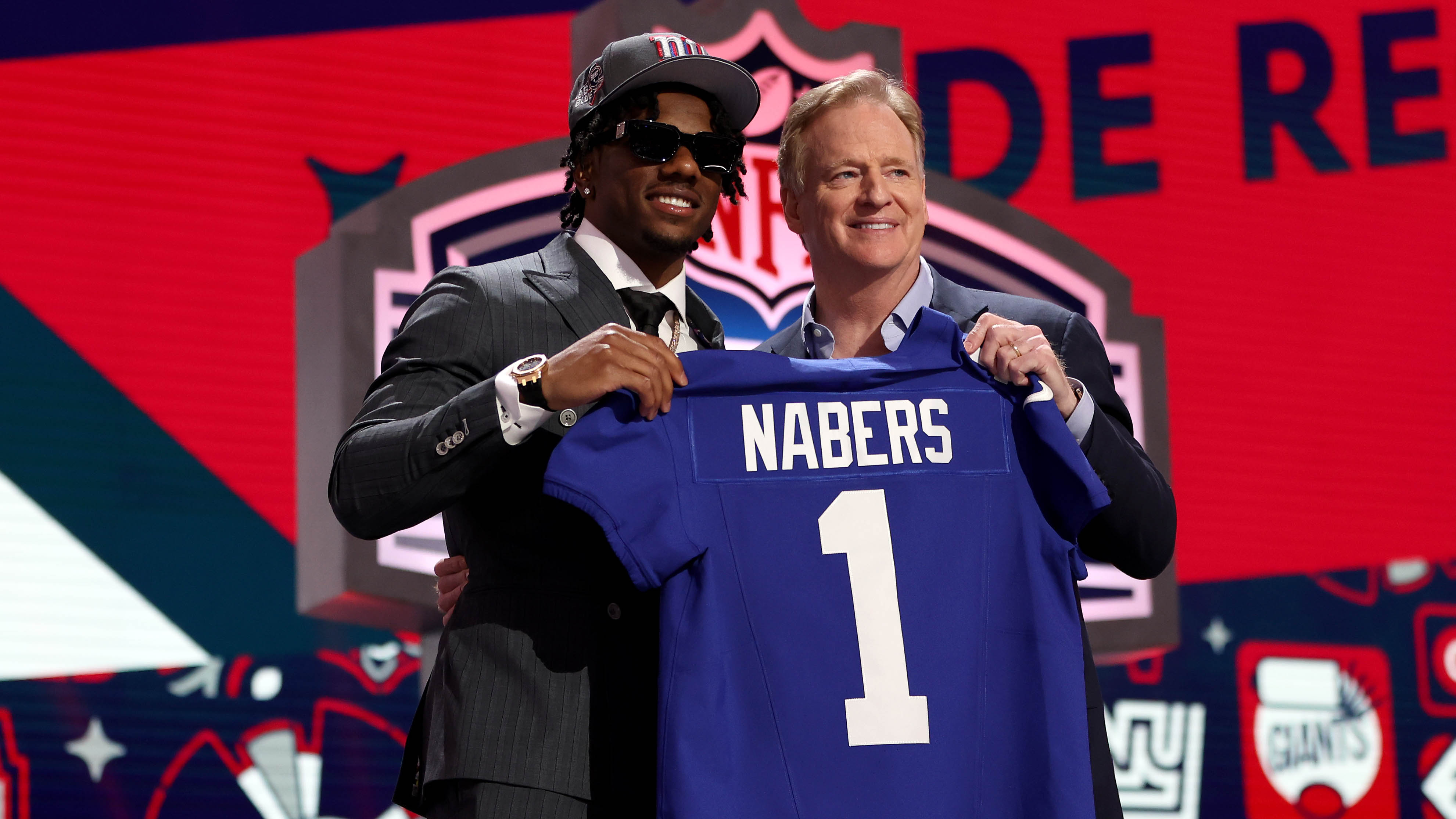The upheaval in New York’s House delegation isn’t over yet.
The state has already seen two special elections stunners this year — and the latest has thrown the redistricting equation into uncertainty.
New York must shed two seats in the current round of line-drawing, and because Democrats and Republicans split control of the process, each party expects to lose one seat. The GOP upset in last week’s New York City congressional special election threw a wrench in the Democratic plan to eliminate that seat.
After Anthony Weiner resigned, Democrats openly discussed the possibility of erasing his seat to address their redistricting problem – a plan that would have protected the state’s long-serving incumbents.
Now, Democrats have to look elsewhere.
“I don’t think the result in New York has done anything to lift the fog and haze over redistricting in New York,” said former New York Democratic Rep. Mike McMahon. “If anything, it turns it into pea soup – like London fog.”
The stakes could not be higher. New York, home to the country’s third-largest congressional delegation, will be a key battleground in the race for the House. In 2012, Democrats could target as many as six GOP-held seats — nearly one-fourth of the 25 seats the party needs to reclaim the House majority.
The chaos has forced potential candidates into campaign limbo. McMahon, who lost his New York City-area seat last year, is now considering a rematch against GOP Rep. Michael Grimm, a freshman who is atop the Democratic target list. But the lack of clarity over the map has put his plans – and others’ – temporarily on hold.
Local
“For anyone thinking about running, it’s really unclear,” he said. “It’s a mystery wrapped in an enigma.”
There is even confusion over how – and when — the lines will be drawn. Gov. Andrew Cuomo has proposed that an independent panel oversee redistricting, instead of the state legislature. But Cuomo’s legislation has stalled in the state Assembly.
For now, state legislative officials say no decision has been made on exactly when the new map will come out, though it is expected sometime next year.
Michael Whyland, a spokesman for New York Assembly Speaker Sheldon Silver, laughed when asked about the progress of redistricting.
“It’s nowhere,” he said.
What is clear is that the Democratic playbook was tossed out with the party’s special election loss. Prior to now-GOP Rep. Bob Turner’s win, Democrats were confident that Assemblyman David Weprin, an establishment favorite who is close to the party’s leadership, would willingly step aside after the maps were drawn and forgo a run against a sitting Democratic member.
“We had an easy solution, no matter what,” said Doug Forand, a New York-based consultant who formerly served as a top strategist to Democrats in the state Senate. “You had the presumption of an incumbent who wasn’t going to fight for his district. That’s off the table.”
New York GOP Rep. Pete King, who’s represented Nassau County for nearly two decades, said the Weiner resignation provided a perfect opportunity for Democrats looking to save the careers of sitting incumbents. Turner’s win, he said, had “definitely changed the conventional wisdom” surrounding the final map.
Some New York observers now believe that one Democrat from the New York City area will meet the knife. While most of the state’s population loss has taken place upstate, the downstate region is home to most of the Democratic delegation. In that scenario, Democratic Rep. Gary Ackerman, who has represented Queens since the early 1980s, could find himself thrown into the same district as a neighboring member – perhaps even Turner.
Others believe an upstate Democrat might be vulnerable, including newly elected Rep. Kathy Hochul, who won a surprise special election earlier this year; or Rep. Maurice Hinchey, who for nearly two decades has occupied a Catskills-area seat. That blueprint, which would sacrifice an incumbent in the more GOP-friendly upstate region, would protect Democrats in the more liberal downstate area.
Whether Turner will be jeopardized by redistricting is a question that has hovered over the first days of his House tenure. But his aides insist that he’ll be running for reelection – whether his Queens and Brooklyn-area district is dissolved or not.
Even if Turner’s seat is eliminated, former New York Rep. Bill Paxon, a past National Republican Congressional Committee chairman who is regarded as one of his party’s top strategists, said his win had bolstered Republicans, who now have a stronger hand at the bargaining table and another district at their disposal. But Democrats still have the upper hand, with control of the state Assembly and governor’s mansion.
“It does make it more challenging for Democrats going forward,” said Paxon. “The more Republican seats there are, the more leverage they have going forward.”
Even members whose districts are not likely to be dissolved will have much at stake. Grimm could see his nearby Staten Island-area seat take in a swath of Democratic voters from nearby areas – potentially jeopardizing his already tenuous hold on the district.
Ultimately, the courts could step in and decide who draws the lines – a reality that isn’t lost on state lawmakers. Jeffrey Wice, a redistricting attorney who is working for state Senate Democrats, noted that redistricting in New York has been thrown to the courts for every remap dating back to the 1980s.
“I have a very strong suspicion it will go to a judge,” said John McLaughlin, a New York-based GOP pollster who works for several of the state’s incumbents. “The only certainty is that attorneys will make money.”




